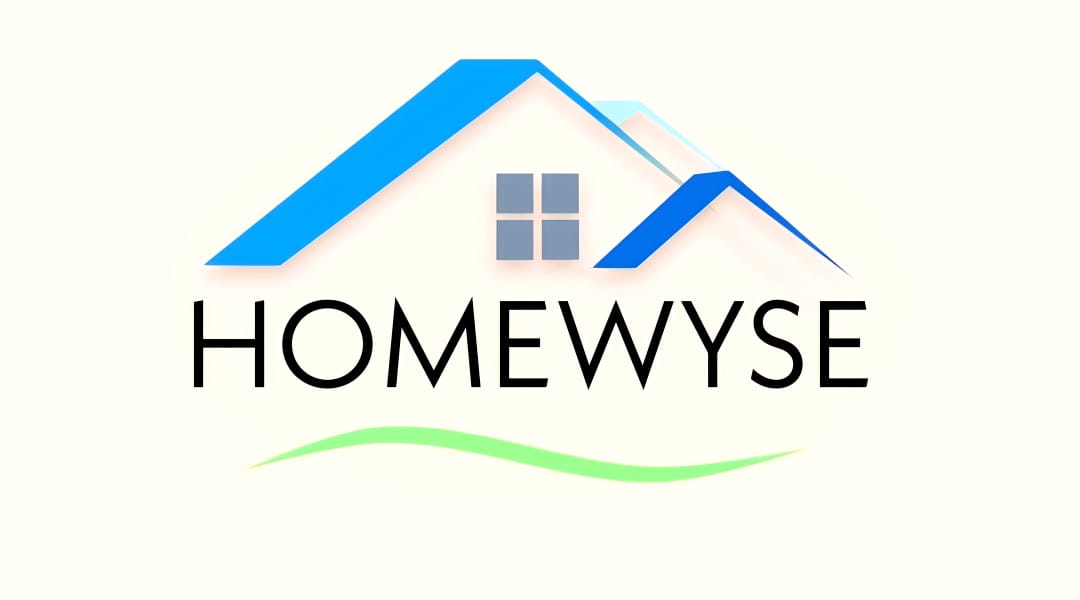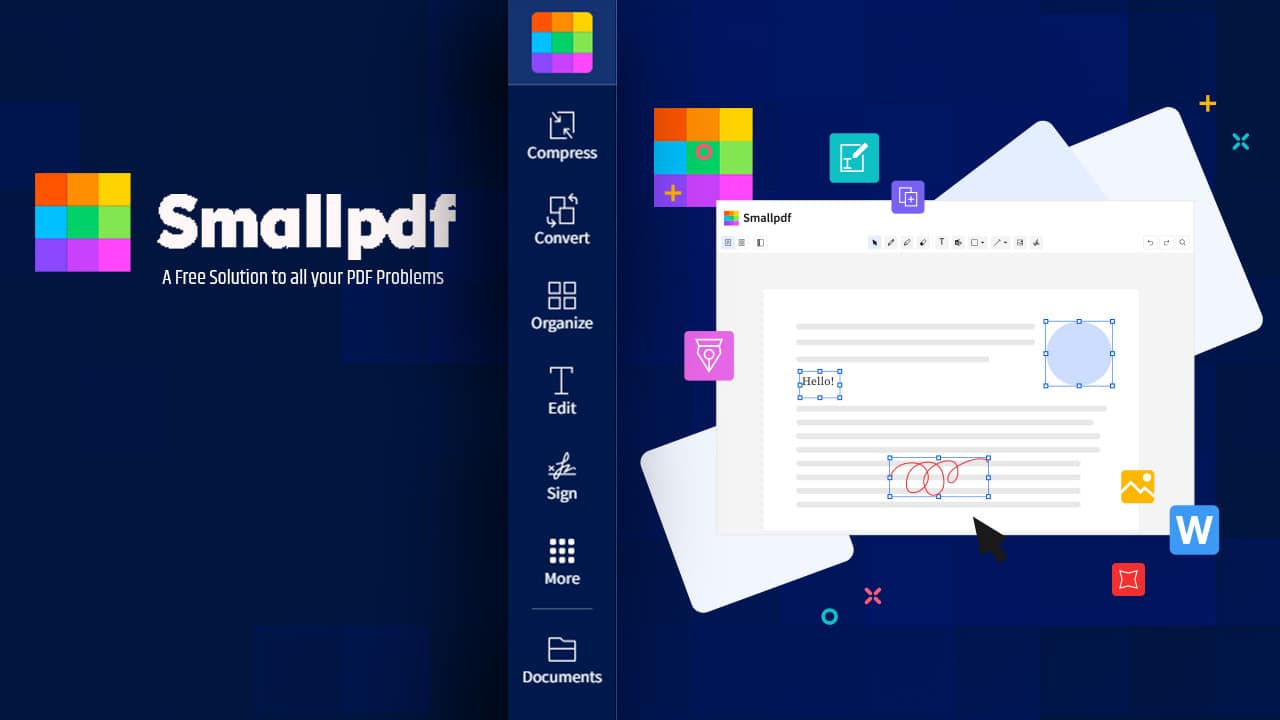As a construction professional, you’re likely aware of the significant financial risks involved with even the seemingly most straightforward projects. Despite meticulous project planning and scoping, the complexity and nature of construction jobs make them prone to potential revenue and profit losses. Let’s look at the types of financial risks commonly associated with this industry and strategies for mitigating them using construction accounting software.
Common Factors Impacting Construction Project Profitability
Cost management is one of the most critical factors in successful project completion. But it can be challenging. Even under the best of circumstances, projects can exceed forecasted budgets and impact revenue for a variety of reasons, such as:
Scope creep
When your agreed-upon project scope begins to expand, leading to delays and overruns.
Overruns
Overruns are changes to the project budget that increase the project’s entire cost. Some contributing factors to construction cost overruns include:
- Administrative errors, such as a math calculation mistake
- Miscommunication between stakeholders
- Inaccurate project estimates
- Scope creep
- Material cost increases
Change Orders
Change orders are requests that change the project specs, plans, or requirements. They have a domino effect, impacting labor, equipment, completion timeline, and budget. Change orders are frequent, and anticipating them in advance can help prevent overruns.
Inaccurate Estimates
Overestimating or underestimating typical project costs can result in overruns and negatively impact your client relationship and your business’s reputation. The following are just some factors to keep in mind when providing your estimates:
- Potentially higher material costs
- Unanticipated labor shortages that may increase costs and project completion time
- Economic and supply chain issues
- Permits and legal requirements
- Weather delays
Mitigating Risk in Construction with Accounting Software
While financial risks may be inherent in construction projects, some tools can help you mitigate these challenges. One robust tool that construction industry leaders can rely on is accounting software. With an array of integrated features and capabilities from time tracking to reporting, accounting software can give you increased control over costs. Let’s dive deeper into how accounting software can benefit construction businesses of all sizes.
Get a Clear Picture of your Profitability
Are you making money? Losing money? Which revenue streams are your most profitable? Get insights into the actual profit margins for all your projects—including those you’re working on right now. Track labor costs, invoices, and expenses as you go to see what income you’re generating and what is contributing to your costs. Use this data to pivot if necessary, manage your scope of work, and inform future project estimates.
Customize Reports to Inform Decision-making
Accounting software can connect all the dots from labor costs and time to expenses. Customize and access powerful reports including:
- Income statements
- Balance sheets
- Profit & loss statements
- Cash flow
Compiling both big-picture views and granular data can uncover issues pertaining to:
- Labor and materials costs
- Expenses vs. cash flow
- Overbilling and underbilling
- Project management
- Profit margins
These financial statements and reports help you understand your financial health, identify red flags, and spot trends. Accurate financial reporting will also make tax time easier and will be important if you’re looking to secure funding.
Keep Track of Real-time Labor Cost Insights
Are your labor costs aligning with your forecast? Accounting software has features such as time tracking that allow your team to input their hours, whether they’re at the job site or in the office. Sync this data to your accounting or payroll for more efficient payroll and get an understanding of your labor costs. You’ll know how much time your crew is spending per project.
But that’s not all. The dollars are in the details. The more advanced accounting software systems have tools and user-friendly dashboards that also provide accurate burdened labor costs. Also known as payroll burden, burdened labor costs consist of more than hourly wage information; they also include indirect payroll costs for each team member, such as:
- Hourly cost rates
- Taxes
- Worker’s compensation
- Other overhead costs
Take the job out of job costing
Job costing can be a major pain point in the construction industry. And when it comes to pricing jobs, there’s no room for “guestimates.” Whether you’re a general or specialty contractor, accurate job costing is key to bidding, staying competitive, and maintaining profitability. Price a job too high, and you may give your competitors the advantage. Too low, and you could miss out on revenue.
Historical data can help you make estimates that closely match your final cost. While back in the day, keeping track of expenses and other project information was time-consuming and stressful, today, there’s accounting software. This software breaks down project costs and data in such detail that quoting similar jobs is easy. Get insights and foresight on labor and equipment costs, project completion times, and other relevant information to price jobs with confidence.
Simplify Invoicing and Payment Management
We all know that time is money. The more hours you spend creating invoices and tracking down payments, the fewer hours you have to focus on other essential aspects of your job.
Still sending paper invoices? From incorrect data due to human error to duplicate invoices and missing information, a lot can go wrong when paper invoicing. Construction accounting software can streamline invoicing processes so you can concentrate on growing your business and managing your team and project. Here are just a few of the capabilities you could expect with an advanced accounting software system:
- Create tailored online invoices, manage them, and keep everything organized.
- Accept payments via credit and debit cards, eChecks, ACH transfers, and payment apps. Give your customers a way to pay instantly and get convenient payment alerts.
- Use an app and card reader to get paid fast on-site.
- Sync transactions with your bookkeeping and project management tools and run financial reports.
- Tag transactions to track money in and money out.
As a construction professional, you deal with risky situations every day. Leverage accounting software to help mitigate some of the financial risks that can accompany your projects and help establish a strong foundation for successful cost management.












































